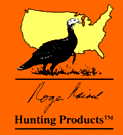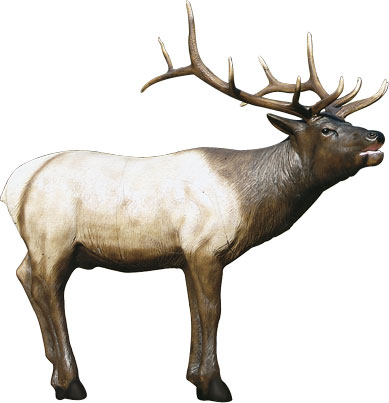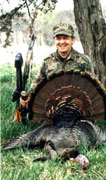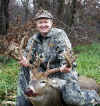
|
TurkeyHuntingSecrets.com "Pro's Choice Store" - departments below |
TurkeyHuntingSecrets.com "Secrets Library" - subjects below |
|
"The Tracking & Recovery Network" use to Track Deer, Turkey, All Game. Always in Stock ! Big Game BowHunting, Alligator Hunting, Marine Projects, Antenna Launching" |
|||
|
|
The Tracker™ ...
Crossbow Friendly
! "Don't Lose Your Trophy" |
|
Crossbow Mounting Kit™ ... Mount The Tracker™ to Your Crossbow |
|
|
The
Tracker Spool™ ...
Track Your Trophy Using The Tracker™ |
Mount Accessories like The Tracker™ to Your Crossbow |
|
|
|
|||
|
|||||||||||||||||||||||











